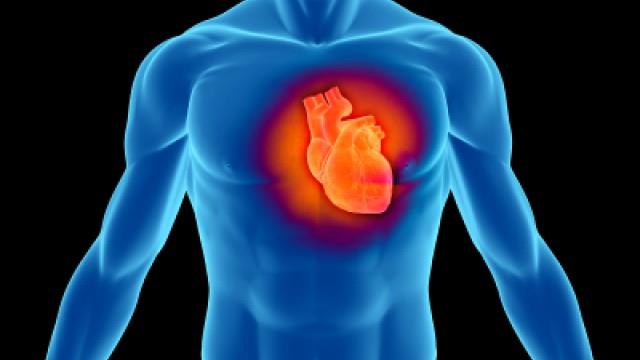Asian patients with HFmrEF at high risk of atherosclerotic burden





Among Asian patients with heart failure (HF), those experiencing HF with mildly reduced ejection fraction (HFmrEF) constitute a substantial burden, according to a Singapore study.
“HFmrEF represents a distinct HF phenotype with high atherosclerotic burden and clinical outcomes saddled in between those of HF with reduced ejection fraction (HFrEF) and with preserved ejection fraction (HFpEF),” the investigators said.
A total of 16,493 patients admitted for HF between 2008 and 2014 were assessed in this study. Participants were then categorized into EF, and those with EF <40 percent, 40‒49 percent, and ≥50 percent were then grouped into HFrEF, HFmrEF, and HFpEF, respectively.
The investigators followed all patients until December 2016 and analysed the following outcomes: all-cause mortality (primary), and cardiovascular or HF rehospitalizations (secondary).
Of the HF patients, 7,341 (44.5 percent) had HFrEF, 2,272 (13.8 percent) had HFmrEF, and 6,880 (41.7 percent) had HFpEF. Patients with HFmrEF tended to be gender neutral, of mid-range age, and have concomitant diabetes mellitus (DM), hyperlipidemia, peripheral vascular disease (PVD), and coronary artery disease (CAD; p<0.001). [Singapore Med J 2024;65:389-396]
Overall mortality rates at 2 years were 32.9 percent for HFrEF, 31.8 percent for HFmrEF, and 29.1 percent for HFpEF. Patients with HFmrEF showed a markedly lower overall mortality rate than those with HFrEF (adjusted hazard ratio [aHR], 0.89, 95 percent confidence interval [CI], 0.83‒0.95; p<0.001) and a higher overall mortality rate than those with HFpEF (aHR, 1.25, 95 percent CI, 1.17‒1.33; p<0.001).
These findings were consistent with the secondary outcomes, except for the similar HF hospitalizations between patients with HFmrEF and those with HFpEF.
“In our study, HFmrEF patients had high atherosclerotic burden with more prevalent macrovascular diseases like PVD, CAD and myocardial infarction, and higher cardiovascular risk factors like DM and hyperlipidemia,” the investigators said.
“This high prevalence of CAD in HFmrEF patients compared to HFrEF or HFpEF patients is corroborated in several other studies,” they added. [Eur J Heart Fail 2017;19;1586-1596; JACC Heart Fail 2017;5;763-771]
Treatment
Multivariate analysis revealed that angiotensin-converting enzyme 2 inhibitor/angiotensin II receptor blockers, β-blockers (BB), and statins helped reduce overall mortality rates in HFmrEF patients, but not the other outcomes.
“While this is not a randomized controlled trial and the results have to be taken into context, these findings raise interesting questions,” the investigators said. “There exists some published evidence to support these findings.”
For instance, the CHARM trial found that candesartan significantly reduced the composite of cardiovascular mortality and HF hospitalization, but not overall mortality, in patients with HFmrEF. In the PEACE trial, trandolapril reduced all-cause death in HFmrEF patients. [Eur J Heart Fail 2018;20;1230-1239; Ther Adv Cardiovasc Dis 2018;12;351-359]
“With increasing data and recognition on HFmrEF as an entity of its own, further therapeutic studies are needed to guide management of this challenging group of patients,” the investigators said.